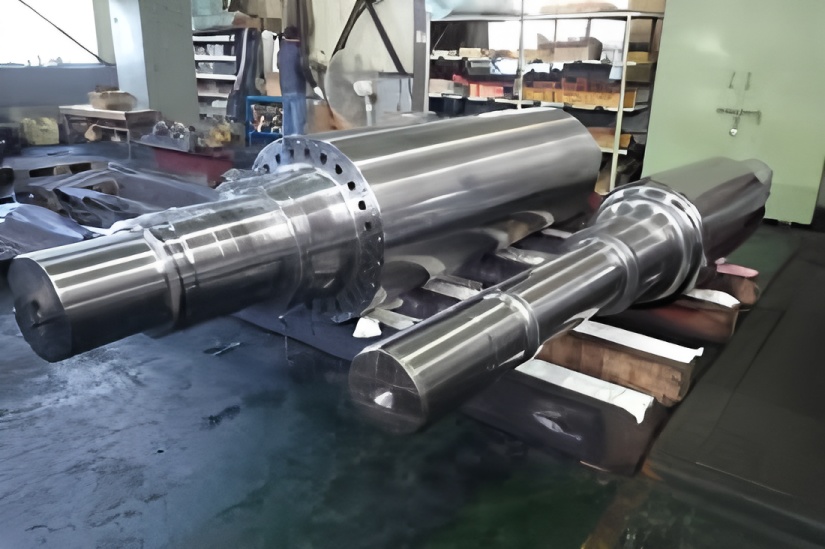Causes of Adhesion
Excessive tension during rolling or coiling
Poor strip shape (edge waves, center waves, multiple waves)
Irregular coil winding, especially in thinner gauges
Contaminated emulsion residue
Furnace over-temperature from thermocouple failure
Inadequate protective gas circulation
Deformed convection plates affecting gas flow
Excessive stacking pressure on thin materials
Incorrect annealing parameters for specific grades/specifications
Oxidation Causes
System leakage in furnace enclosure
Damaged protective covers or deformed flanges
Aged/deteriorated sealing rings
Cooler system failures
Premature high-temperature furnace discharge
Temperature control system malfunctions
Insufficient protective gas purging
Negative pressure during rapid cooling initiation
High dew point in protective gas
Equipment failures (valves, fans, utilities)
Carbon Black Edge Formation
Carbon deposits along strip edges result from residual rolling oil that isn’t completely removed during bell furnace annealing. Key contributing factors include:
Rolling oil properties (viscosity, concentration, volatility)
Contaminants introduced during rolling
Solution: Selecting appropriate rolling oils proves more effective than modifying annealing processes.
Performance Deficiency Causes
Incorrect process parameters
Improper furnace loading affecting gas circulation
Insufficient temperature or inadequate soaking time
Measurement/control equipment malfunctions
Treatment Methods
Optimize annealing parameters according to material specifications
Ensure proper furnace loading alignment
Maintain equipment calibration and functionality
Implement adequate holding times at target temperatures
Use suitable rolling oils to prevent carbon residues


